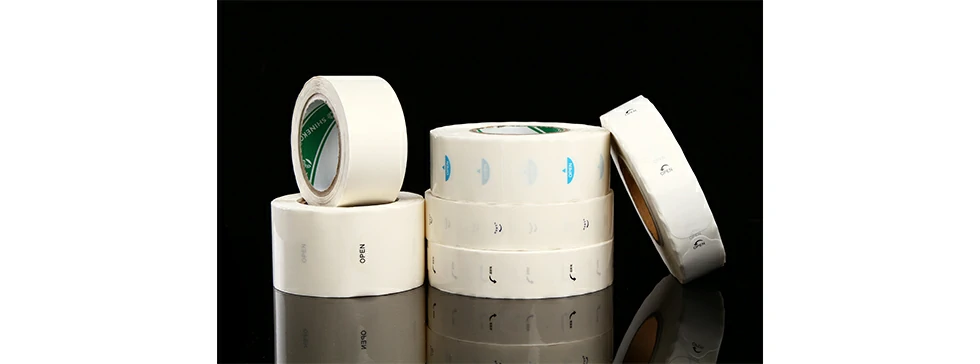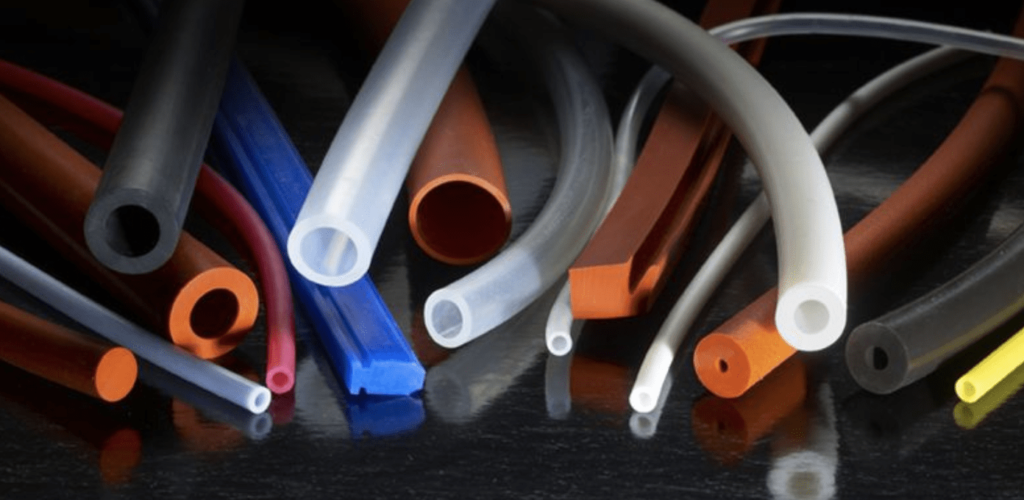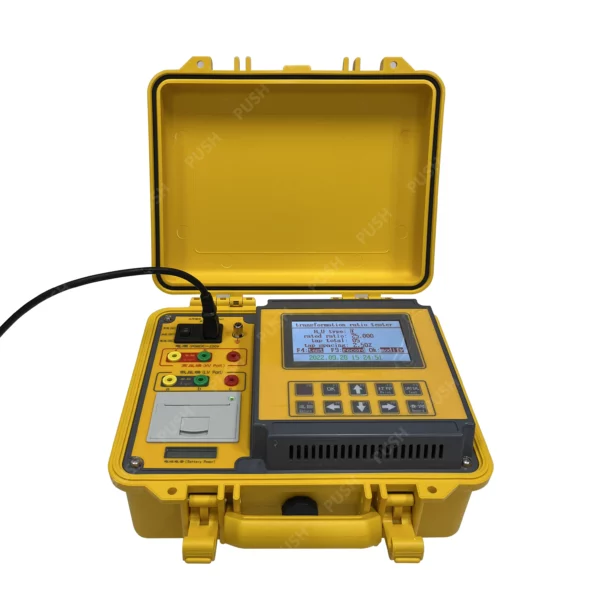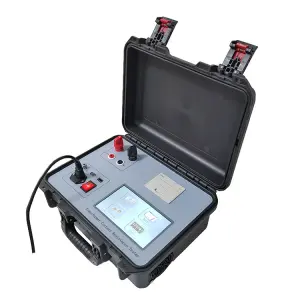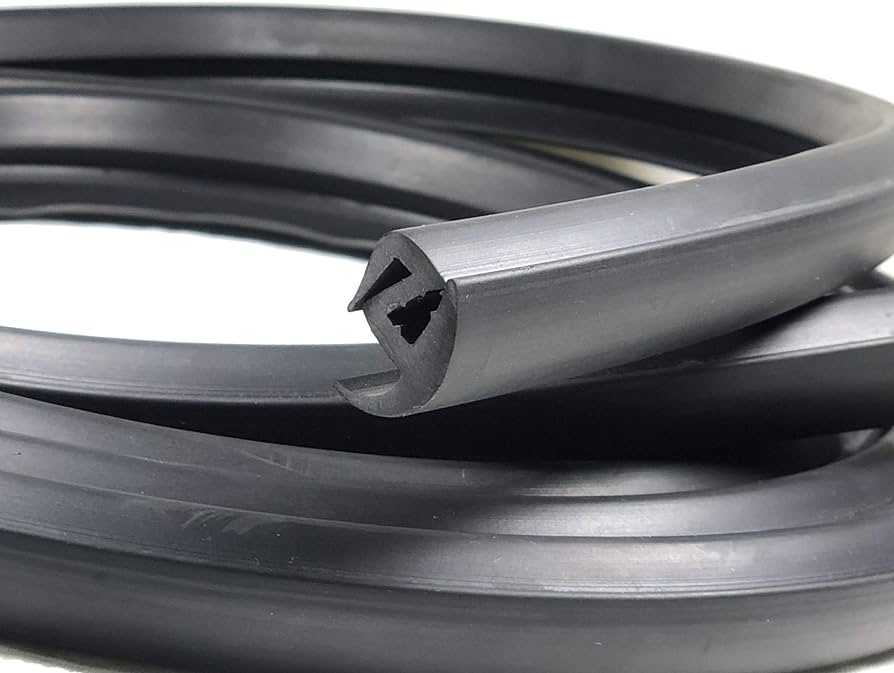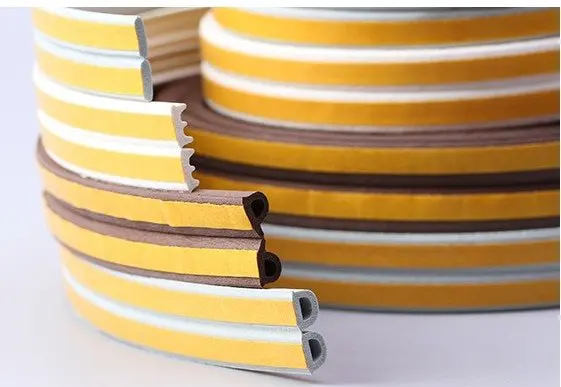Are you tired of feeling drafts and cold air coming through your windows? Do you want to improve your home’s energy efficiency and reduce your energy bills? In this article, we will explore the benefits of using a silicone seal strip for windows and provide you with step-by-step instructions on how to install one.
What is a Silicone Seal Strip for Windows?
A silicone seal strip for windows is a flexible, rubber-like strip that is designed to seal the gaps between your windows and the surrounding frame. It is made of silicone, a durable and flexible material that can withstand extreme temperatures and weather conditions. The strip is usually 1/4 inch wide and comes in various lengths to fit different size windows.
![]()
Benefits of Using a Silicone Seal Strip for Windows
There are several benefits to using a silicone seal strip for windows:
Energy Efficiency
By sealing the gaps between your windows and the surrounding frame, a silicone seal strip can help to reduce heat transfer and keep your home warm in the winter and cool in the summer. This can help to reduce your energy bills and make your home more energy efficient.
Reduced Noise
A silicone seal strip can also help to reduce outside noise by blocking sound waves from entering your home through the windows. This can be especially beneficial for people who live in noisy areas or have noisy family members.
Improved Comfort
By sealing the gaps around your windows, a silicone seal strip can help to improve your home’s comfort level. You will no longer feel drafts or cold air coming through your windows, making your home feel cozier and more comfortable.
Cost-Effective
Installing a silicone seal strip for windows is a cost-effective way to improve your home’s energy efficiency and comfort level. It is a simple and inexpensive solution that can be installed in just a few minutes.
How to Install a Silicone Seal Strip for Windows
Installing a silicone seal strip for windows is easy and can be done in just a few steps:
- Measure your windows to determine the length of silicone seal strip you need. Make sure to measure the width of the strip as well, as this will determine how much you need to cut.
- Cut the silicone seal strip to the appropriate length using a utility knife or scissors. Make sure to cut the strip straight and avoid any sharp angles.
- Clean the area around your windows to remove any dirt or debris. This will ensure a good seal.
- Peel the backing off the silicone seal strip and press it into place around your windows. Make sure to apply even pressure to ensure a good seal.
- Use a utility knife or scissors to trim any excess strip that may be sticking out beyond the edge of the window frame.
![]()
Tips and Tricks for Installing a Silicone Seal Strip for Windows
Here are a few tips and tricks to keep in mind when installing a silicone seal strip for windows:
- Use a level to ensure that the strip is straight and even.
- Apply even pressure when pressing the strip into place to avoid any air pockets.
- Use a silicone-based adhesive to secure the strip in place if necessary.
- Test the seal by closing your windows and checking for any gaps or leaks.
Conclusion
In conclusion, a silicone seal strip for windows is a simple and cost-effective solution for improving your home’s energy efficiency and comfort level. By sealing the gaps around your windows, you can reduce heat transfer, and outside noise, and improve your home’s overall comfort level. Installing a silicone seal strip for windows is easy and can be done in just a few minutes. So why wait? Give your home the gift of a silicone seal strip for windows today!

